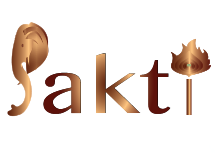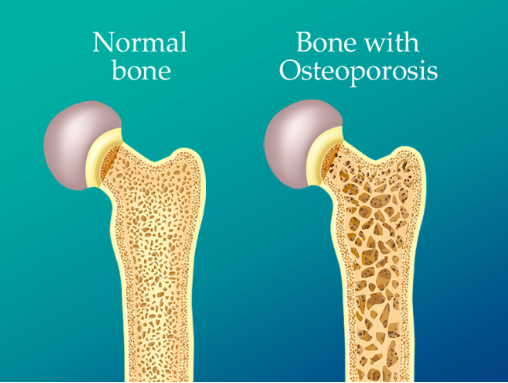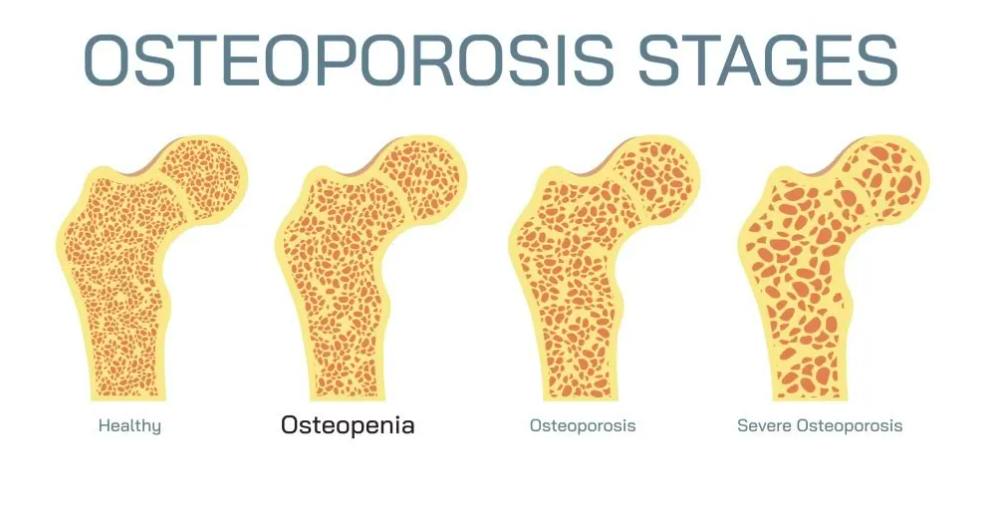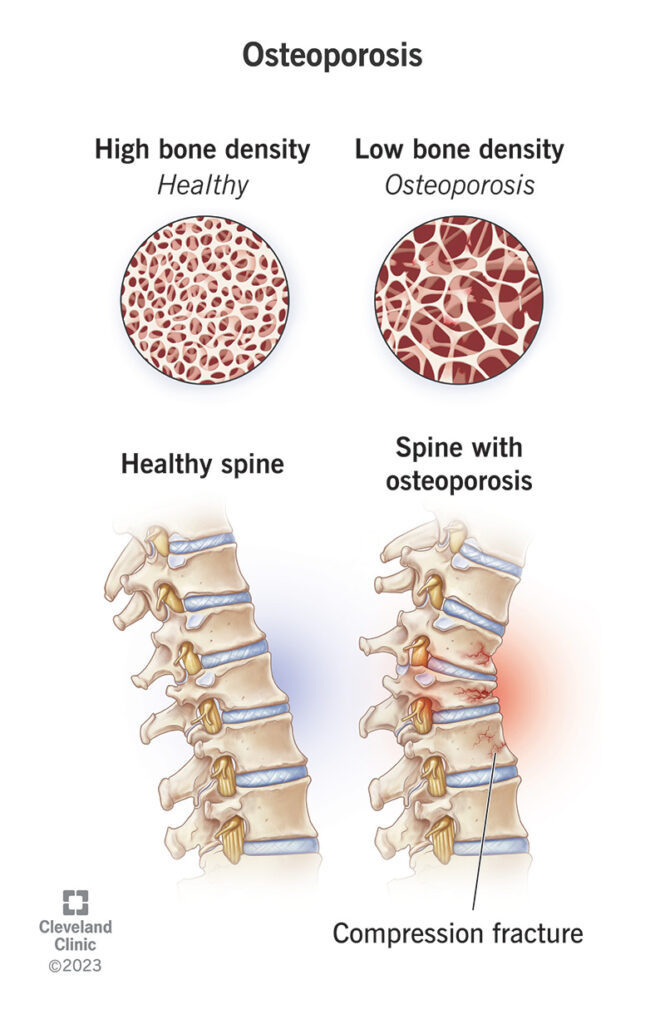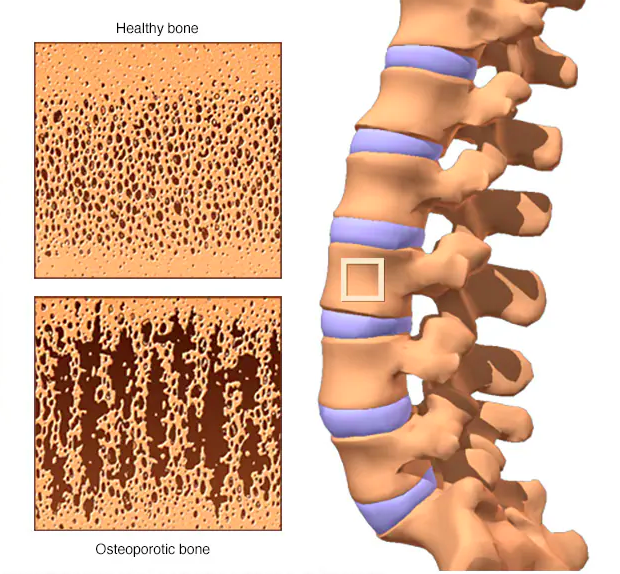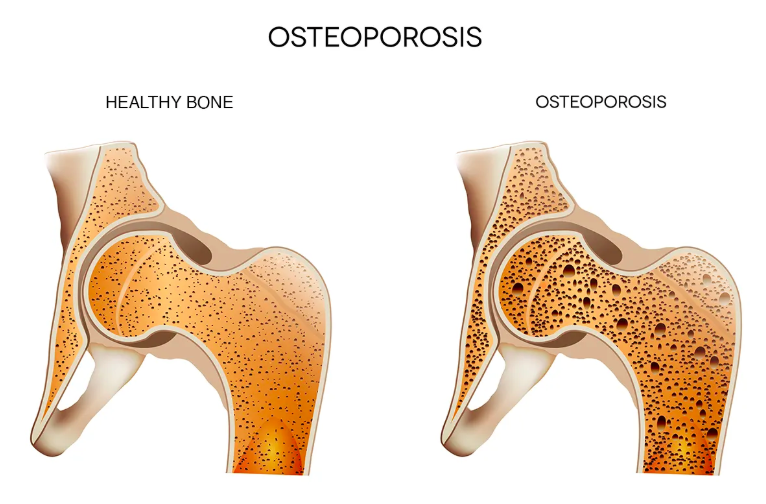Osteoporosis is a bone disease that develops when bone mineral density and bone mass decreases, or when the quality or structure of bone changes. This can lead to a decrease in bone strength that can increase the risk of broken bones (fractures).
Symptoms
-
Osteoporosis is a “silent” disease because you typically do not have symptoms, and you may not even know you have the disease until you break a bone.
Causes
Age: As you age, bone loss happens more quickly, and new bone growth is slower. Over time, your bones can weaken, and your risk for osteoporosis increases.
Diet: Beginning in childhood and into old age, a diet low in calcium and vitamin D can increase your risk for osteoporosis and fractures. Excessive dieting or poor protein intake may increase your risk for bone loss and osteoporosis.
Lack of weight-bearing exercise – Exercise encourages bone development, and lack of exercise means you’ll be more at risk of losing calcium from the bones and so developing osteoporosis. Muscle and bone health are linked so it’s also important to keep up your muscle strength, which will also reduce your risk of falling.
However, women who exercise so much that their periods stop are also at a higher risk because their oestrogen levels will be reduced.
Changes to hormones. Low levels of certain hormones can increase your chances of developing osteoporosis. For example:
-
- Low estrogen levels in women after menopause.
- Low levels of estrogen from the abnormal absence of menstrual periods in premenopausal women due to hormone disorders or extreme levels of physical activity.
- Low levels of testosterone in men. Men with conditions that cause low testosterone are at risk for osteoporosis. However, the gradual decrease of testosterone with aging is probably not a major reason for loss of bone.
Other medical conditions: Some medical conditions that you may be able to treat or manage can increase the risk of osteoporosis, such as other endocrine and hormonal diseases, gastrointestinal diseases, rheumatoid arthritis, certain types of cancer, HIV/AIDS, and anorexia nervosa.
Long-term use of certain medications may make you more likely to develop bone loss and osteoporosis, such as:
-
- Glucocorticoids and adrenocorticotropic hormone, which treat various conditions, such as asthma and rheumatoid arthritis.
- Antiepileptic medicines, which treat seizures and other neurological disorders.
- Cancer medications, which use hormones to treat breast and prostate cancer.
- Proton pump inhibitors, which lower stomach acid.
- Selective serotonin reuptake inhibitors, which treat depression and anxiety.
- Thiazolidinediones, which treat type II diabetes.
